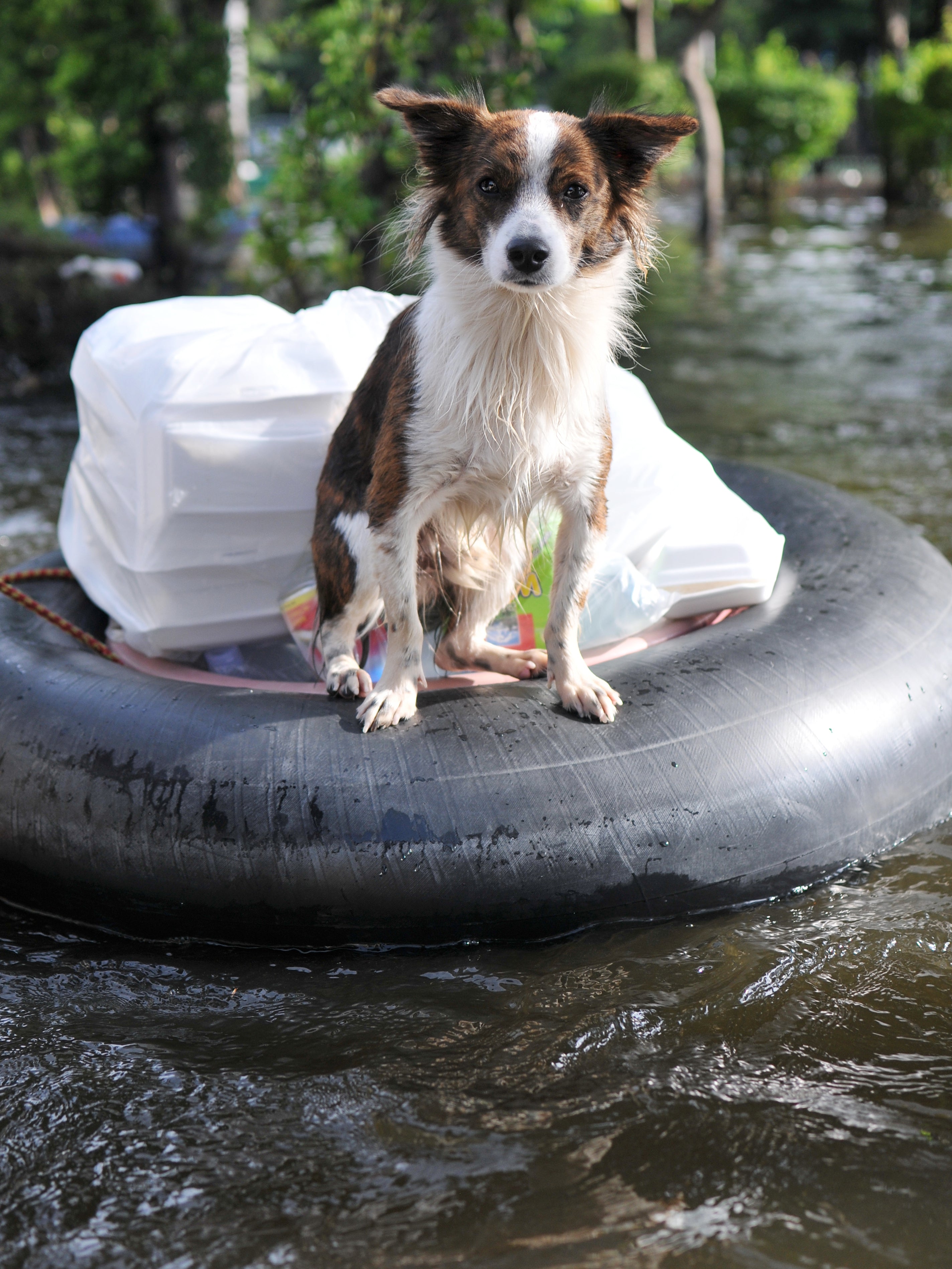Preparing For a Disaster

There’s nothing more frightening than knowing that a loved one is stuck or stranded - hungry, injured, and afraid. So why is it that most of us don’t think about preparing for disaster when it comes to our beloved pets?
Disasters can occur at any time, and we may not realize the severity of the situation until much later.
It’s estimated that 250,000 pets were left stranded without food or water when hurricane Katrina hit. Left locked up or chained, a great number of these pets weren’t even given the chance to try and survive, in large part because many of their owners didn’t realize that they wouldn’t be able to make it back to their home.
An earthquake, hurricane, tornado, house fire, forest fire, long-term power outage, or flooding, can effectively separate us from our pets or render us unable to provide what they need.
While we can’t avoid many of the effects of a disaster, we can plan ahead and be prepared to respond in a way that could save our pets from unnecessary suffering or death.
Planning Ahead

FEMA, the Federal Emergency Management Agency, suggests creating an emergency plan for your family that includes your pet. Decide what you will do and where you will go in the event of an emergency.
Because your pet could be lost or injured during a crisis, or you may not be able to return to your home, it’s important to plan for after the emergency as well.
1) Make an emergency pack: include everything your pet will need to survive for 3 or more days, plus vaccination records, and keep it by the door so it’s easy to grab in a hurry.
Download our checklist for help with creating your pet’s emergency pack!
2) Pet photo: keep an up-to-date photo of your pet in your wallet and also in the emergency pack.
3) Collar and tags: make sure your pet is wearing a collar and tags with your current cell number and address. Consider microchipping your pet if you haven’t already.
4) Carrier and leash/harness: keep your pet’s leash or harness by the door, and if you have a pet that requires a carrier, keep the carrier in an easily accessible location.
5) Research local shelters and hotels: depending on the type of crisis, you may not have a working phone or internet access to be able to find local shelters that could have your pet. Additionally, a list of hotels that will accept pets could also come in handy.
Never leave your pet behind, and especially don’t leave it chained up or confined in a crate. It’s impossible to know how serious a disaster is until it has passed entirely. Don’t assume that if you leave your pet at home, you’ll be able to make it back the next day.
Other Considerations

Another important aspect of planning ahead is considering that a disaster could occur while we’re away at work or on a trip.
Many of us don’t think twice about going on a day or overnight trip and only leave enough food and water to last until we return home. But it’s important to consider that even something like a car accident can prevent us from returning home.
Before going on a trip for any length of time, be sure to leave your pet plenty of food and water and notify a close-by family member, friend, or neighbor that you’re leaving and when you’ll be back.
This way, if disaster strikes or you don’t return home, they’ll know that your pet’s survival depends on them. And if you’ve gone missing, they can notify the police much more quickly than if you hadn’t told anyone!
Putting a “buddy system” in place with friends and neighbors is a great way to know that you, your family, and your pets will be safer if anything happens.
Even if something tragic doesn’t happen, you’ll at least have the peace of mind and confidence of knowing that you’re prepared.


